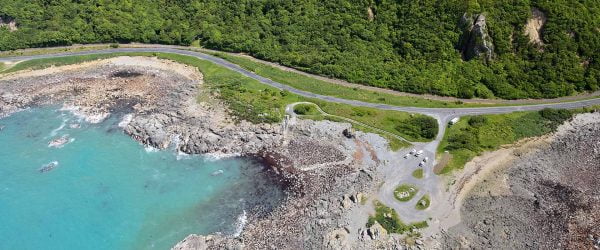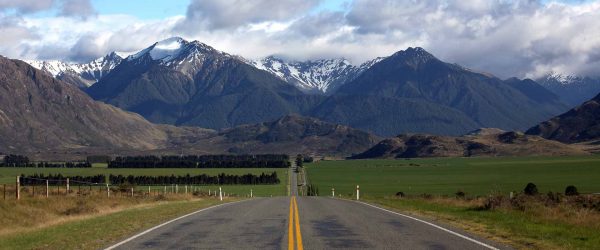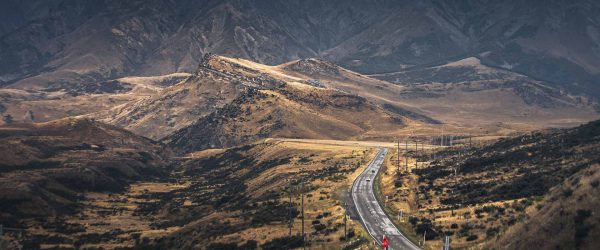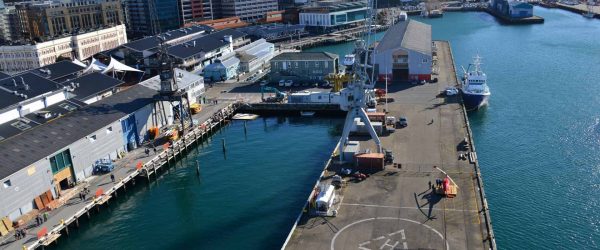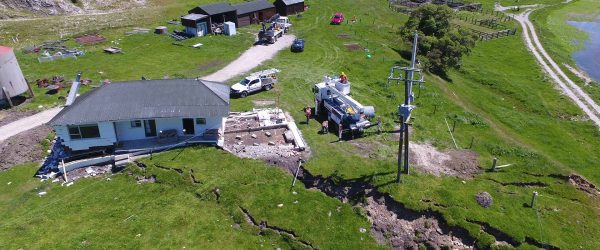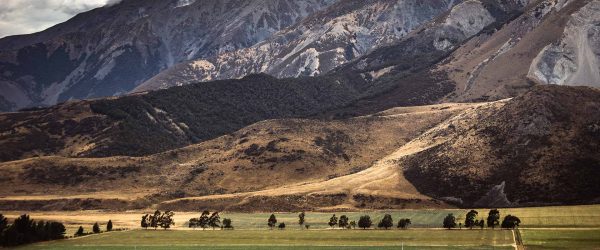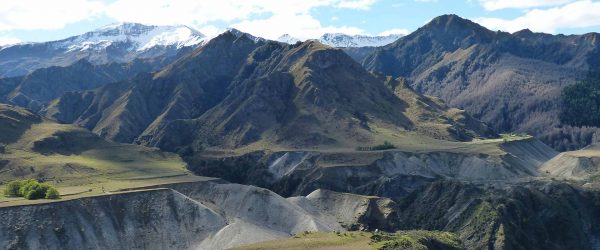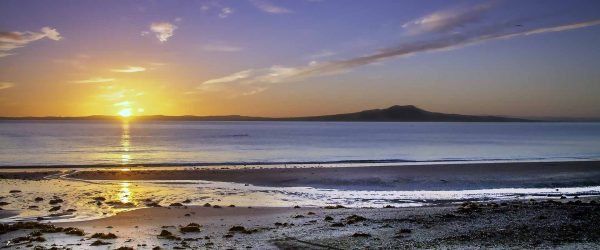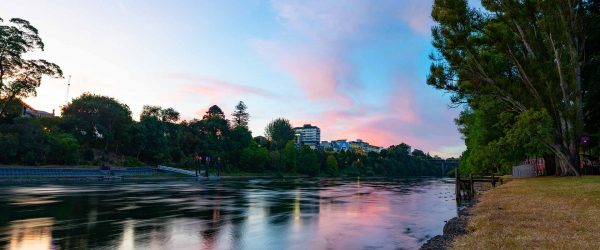Multihazard Case Study
Vision
For the utility and reliability of the new statistical and computer modelling techniques developed in the Multi-hazard forecasting and impact modelling project to be confirmed by detailed testing on a representative case study.
Project description
Future resilience planners and decision-makers will need complete confidence in the reliability of the multi-hazard modelling we are developing if they are to use them as a basis for mitigating natural hazards. We aim to give them that confidence by applying our models to a detailed case study.
Our case study project examines the causes of flooding in the Tarawera/Rangitaiki river system, the impact of resulting hazards, and the effect of river control structures on flood inundation hazard. We chose flooding for the case study because it can be caused by various overlapping or cascading events e.g., rainstorms, sediment build-up, or landslides, and is a good example of a high frequency but relatively low impact hazard.
Working with our stakeholders and partners in central and local government as well as hapū and iwi, we are testing the multi-hazard models along with similar research by the Volcano programme. In this testing, we are overlaying the hazards of flooding with those caused by volcanic activity to quantify the likely impacts on infrastructure, the local economy and communities, and consider the options available to resilience planners.
Resource Outputs from this project
Simulating the post-earthquake morphological response of the lower Rangitaiki River, New Zealand
This study attempts to simulate post-earthquake changes to the Rangitaiki river bed, using a one-dimensional river morphological model.
Simulation Methodology: Transfer of cascading hazard outputs to direct impact assessments
This report provides the simulation methodology for the physical and economic impact assessments for the Multihazard Case-Study in the Rangitāiki-Tarawera river system, Bay of Plenty.
Multi-Hazard Risk Model, Flooding Case Study: Selection of River System and Potential Hazard Cascades
Davies T, Mead S, Bebbington M, Dunant A, Harmsworth G, Harte D, Harvey E, Paulik R, McDonald G, Smith N, et al. 2020. Multi-hazard risk…
